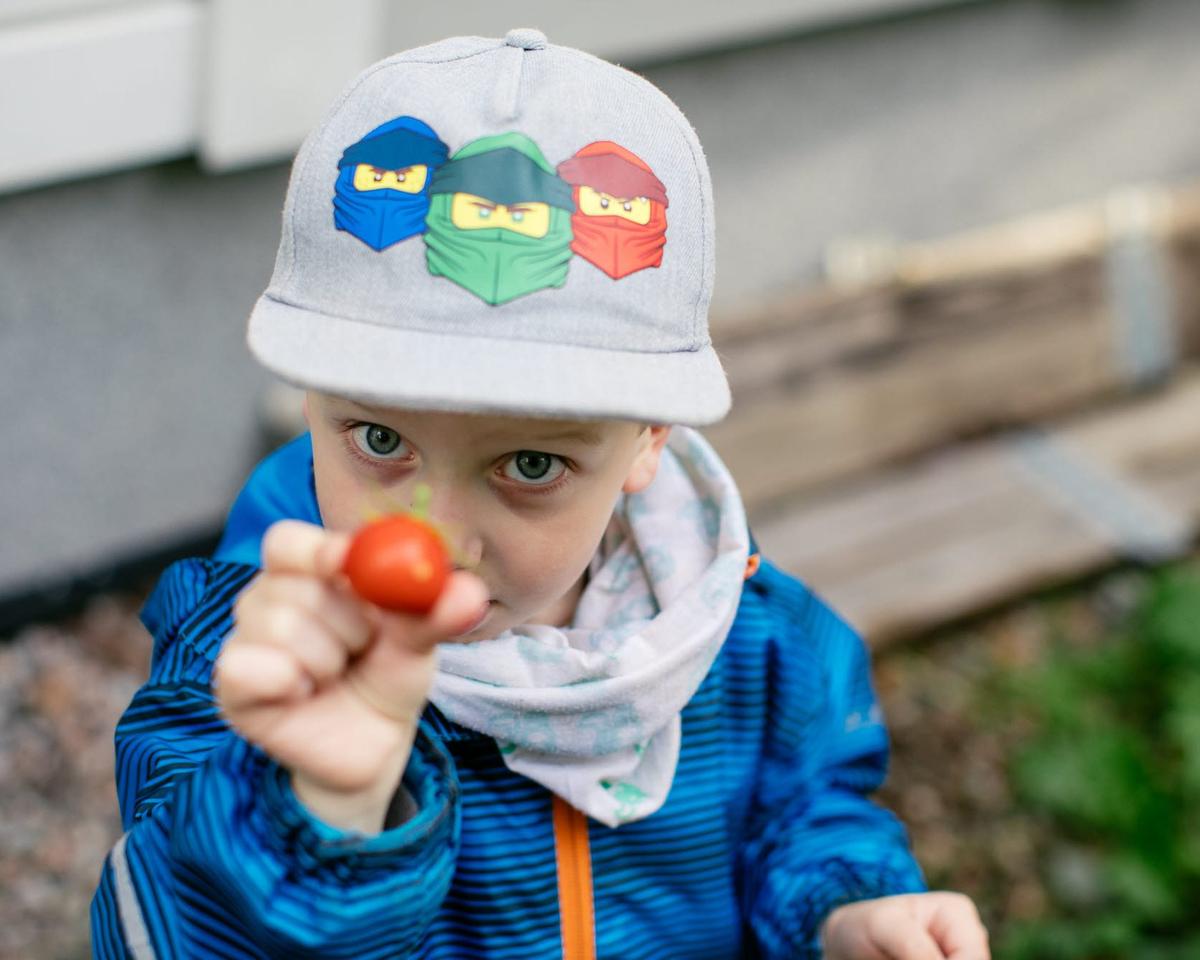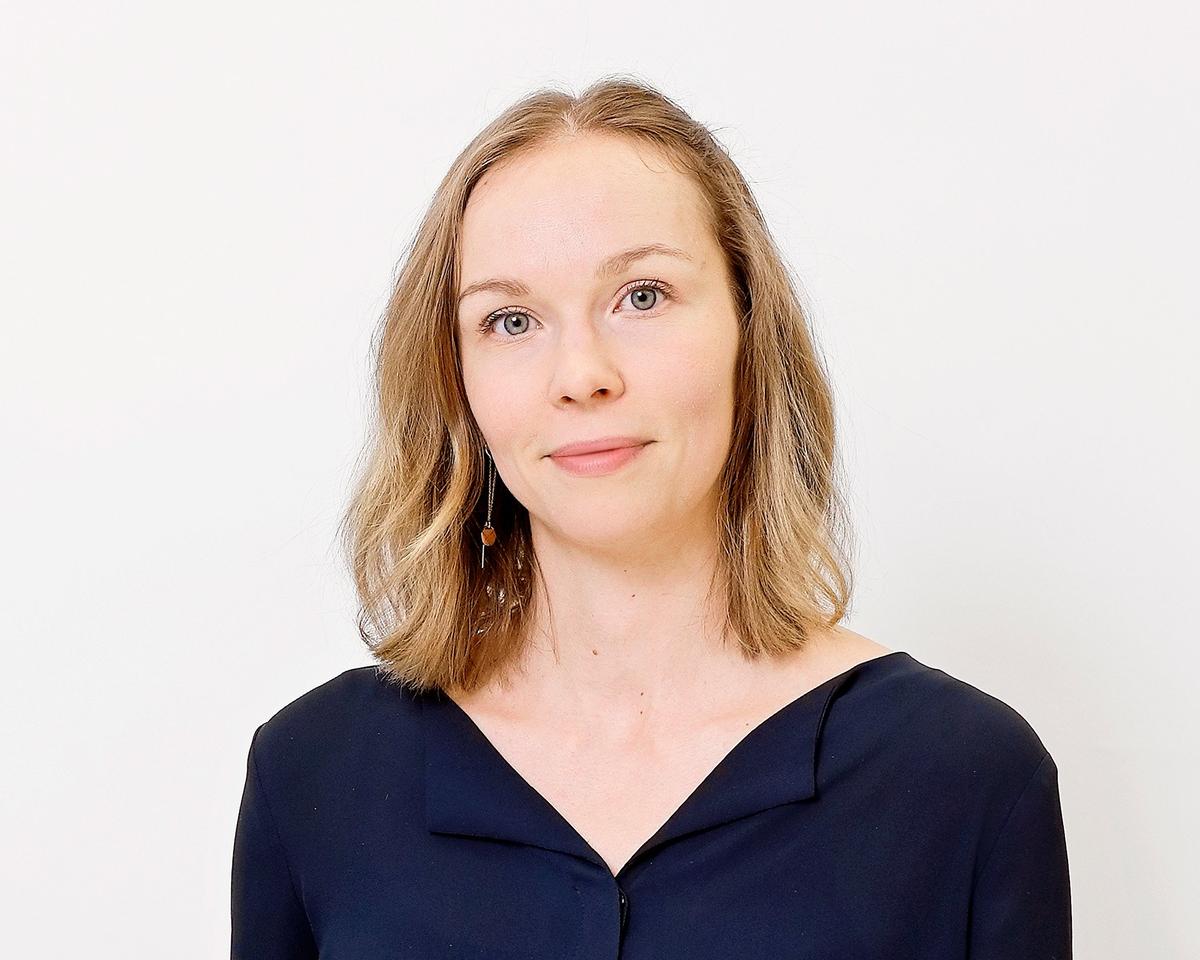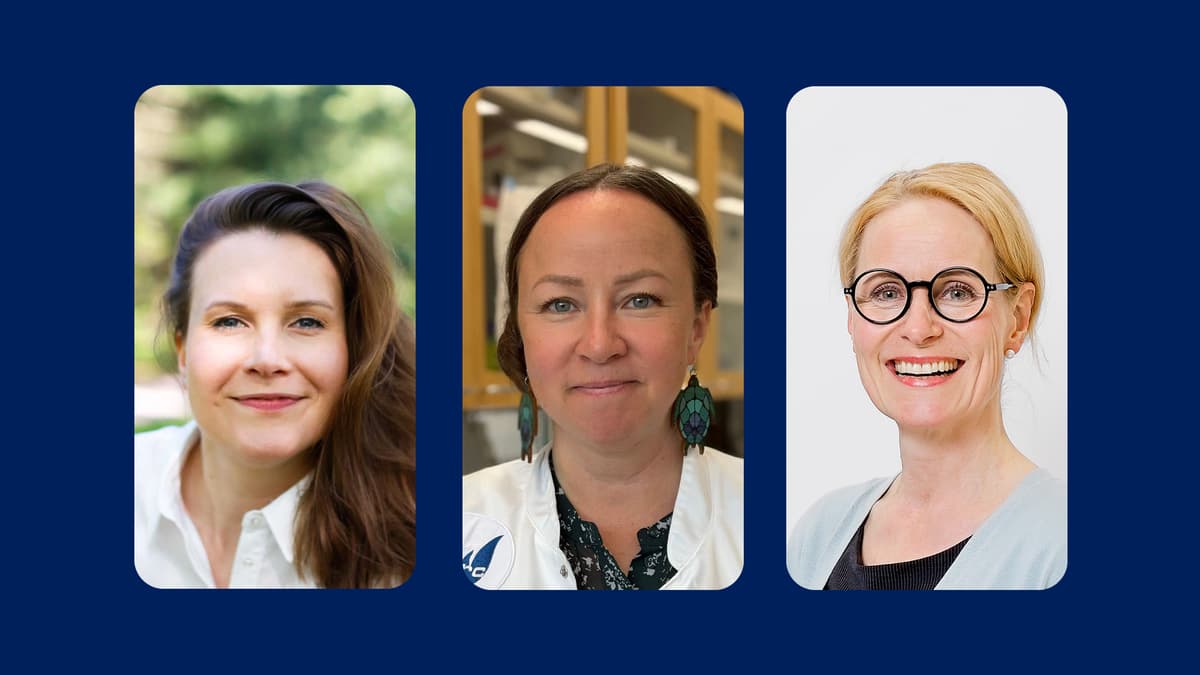People with rare diseases also have the right to a diagnosis
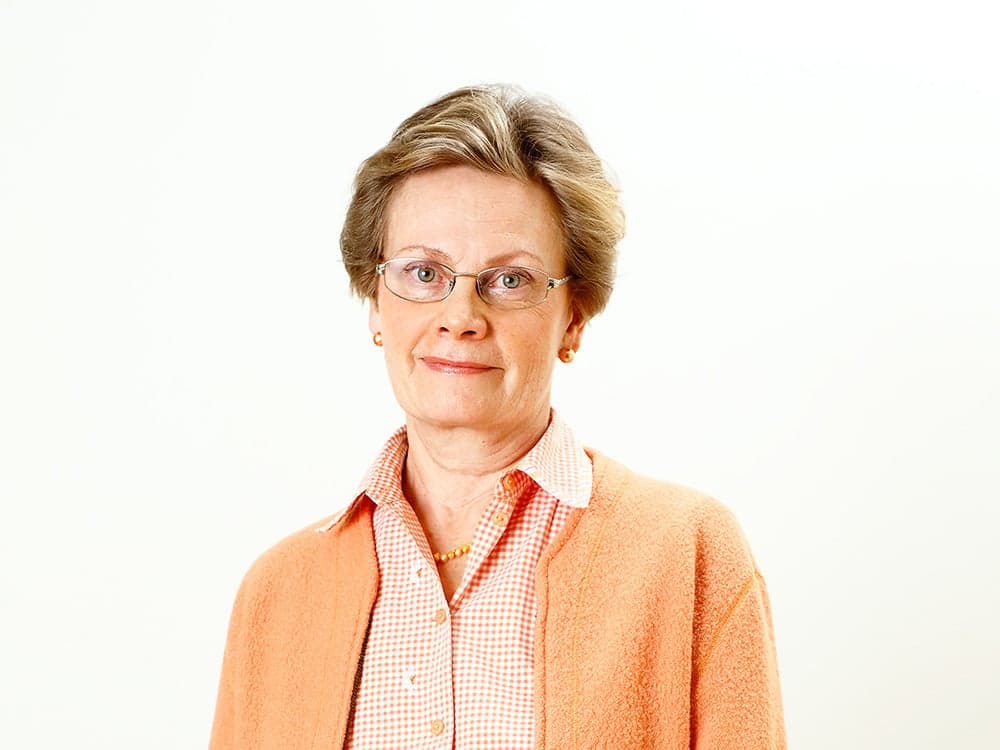
We ask researcher Carina Wallgren-Pettersson why it is important to do research into rare genetic diseases.
Why do you do scientific studies of rare genetic diseases, despite their rarity?
I worked for 25 years as a Medical Doctor at the Folkhälsan Department of Medical Genetics, where I met a lot of people with rare genetic diseases and realized the challenges they face. It can take a very long time to get a diagnosis, and it can be difficult to learn more about the disease and what the future holds. In addition, it can be a challenge to find someone else with the same disease with whom you can exchange experiences. Even if you have a rare disease, I think you have the right to at least a proper attempt at a diagnosis. It's an issue of equality. That's why scientific studies of rare diseases is important.
Although these diseases are rare, they affect many people. In Europe, approximately 30 million people have one of the around 8,000 different diseases caused by genetic mutations. It's not a small and negligible group.
It is great that we at Folkhälsan Research Center can invest in long-term research where immediate economic benefits are not expected. When working on rare diseases, finding applications that are immediately profitable is very difficult.
What significances does getting a diagnosis have for a person with a rare disease, even if there may not be a treatment?
People with rare diseases are often in a situation where they have been worried for a long time. If it's a child, numerous tests may have been done without doctors finding the cause of the symptoms. Even a severe diagnosis can be a relief for the family, as uncertainty is difficult to bear. Parents often wonder if they may have caused the child's illness, and when they hear that it's a genetic disease, they can hopefully avoid any feelings of guilt.
In addition, they will know the prognosis of the disease and whether there is a risk of complications that can be monitored or possibly completely avoided. In some cases, there is even a specific treatment, and care is always available. You will also know if there is a risk of someone else in your family or relatives getting the same disease. A diagnosis brings clarity, and clarity is often very liberating, despite the difficulty of the news itself.
Is the goal of the research to enable treatment for rare diseases?
Yes. However, the path to a potential curative treatment can be very long. First, you need to find the genetic cause and understand the mechanisms behind the onset of the disease in question.
The discovery of so-called disease genes, i.e. genes that cause disease in mutated form, can also reveal much about basic human biological processes. When a gene or protein deviates from the norm, you get a better understanding of what it normally does in the body. Then you might figure out how this can be used to counteract or even cure the disease.
When my research colleagues in Outi Mäkitie's group here at Folkhälsan Research Center looked for new genes for early-onset osteoporosis in children, they identified genes that are also important in adults with common osteoporosis. The findings of this group and other similar findings in children with rare diseases led to the development of a new drug, Romosozumab, which is nowadays used to treat common osteoporosis.
Läs artikeln på svenska här
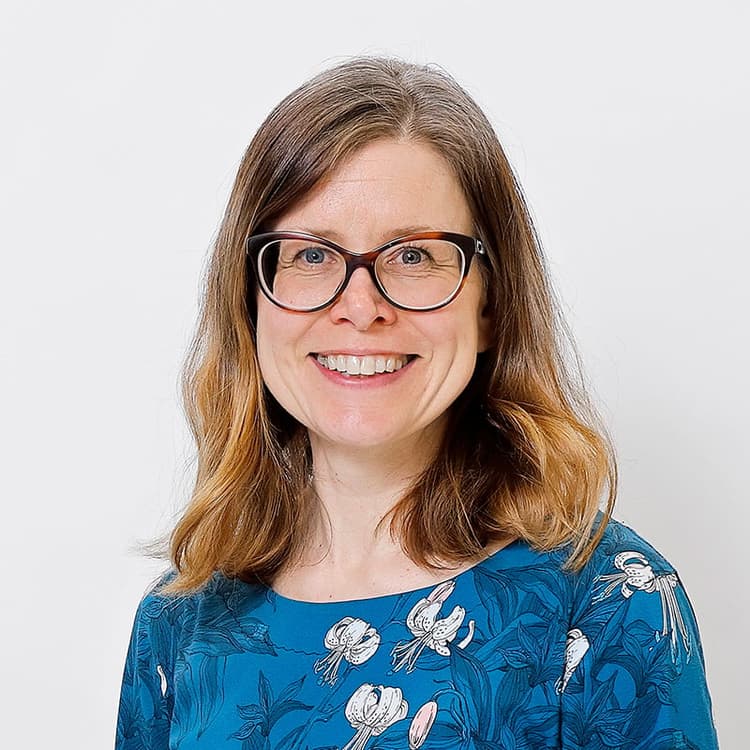
Heidi Furu
Science communicator
Administration
+358 44 488 3086
